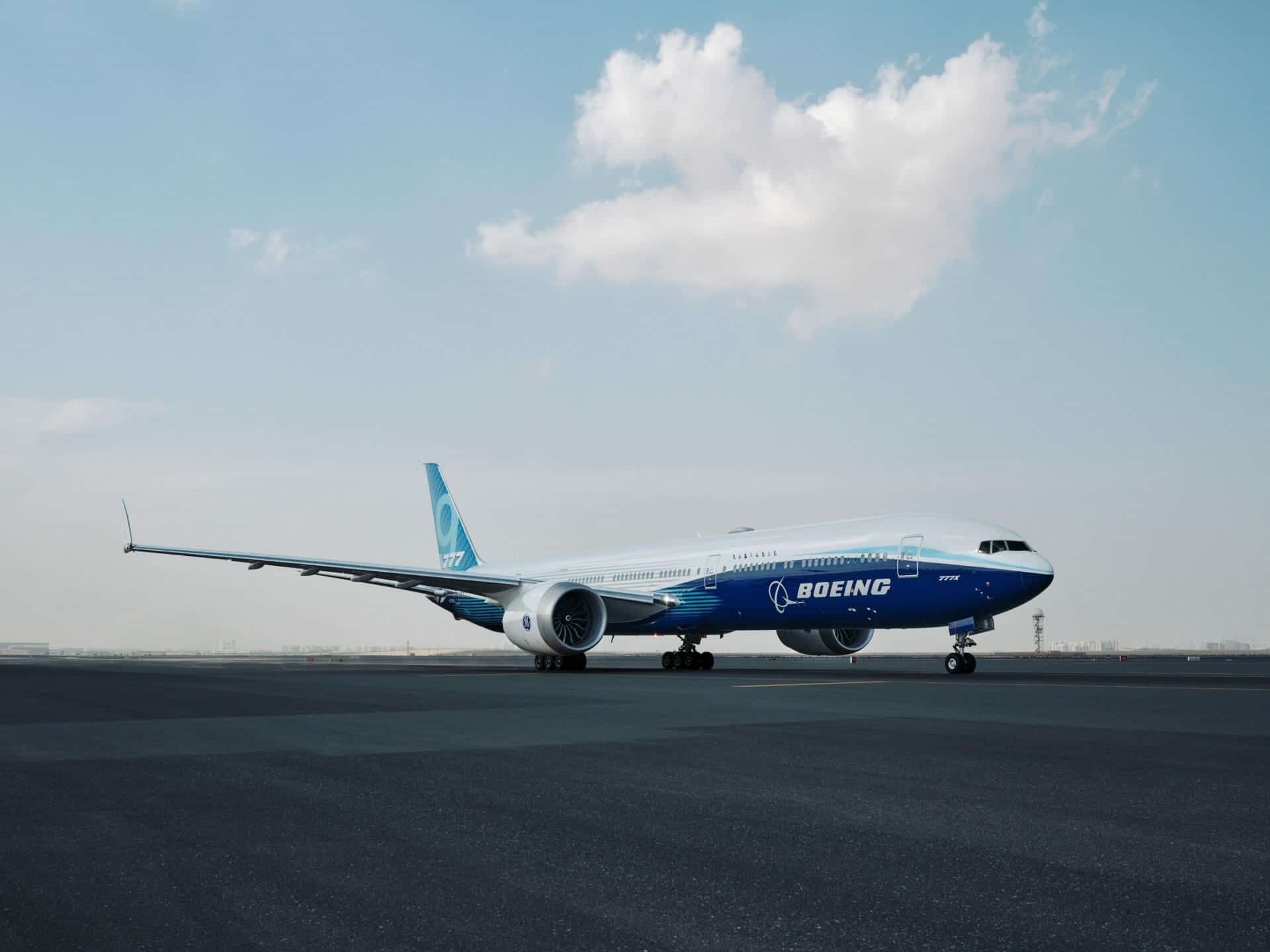The aviation industry is slowly recovering from last year’s Covid-induced downturn, but European aircraft maker Airbus is having a smoother ride than American rival Boeing, which has endured a series of crises.
But while Airbus has returned to profit and delivered 460 aircraft in the first 10 months of the year, Boeing remains in the red and has supplied just 268 planes.
Boeing’s 737 MAX returned to the skies last year after the entire fleet was grounded for 20 months following two crashes — in Ethiopia and Indonesia — that left 346 people dead.
Almost 370 of the planes remain in inventory and Boeing chief executive David Calhoun has said that it will take two years to sell them all.
The 737 MAX has also yet to be recertified in China, a major market for aircraft makers. Boeing’s production plans will depend on access to the Chinese market, Calhoun says.
The 787 Dreamliner has had its share of problems which is estimated to have cost the company $1 billion.
The company halted deliveries of the 787 in May following a series of issues with the plane — the second suspension in the past year.
Boeing announced in July that it had spotted additional problems near the nose of the plane and was working to fix them.
A delay for the first deliveries of its new wide-body 777X plane — which were pushed back from 2022 to late 2023 — is costing the company $6.5 billion.
“There’s been so many problems that it’s very difficult to say they’re over,” Richard Aboulafia, analyst at aerospace consultancy Teal Group, told AFP.
Covid cuts long-haul flights
Covid has also hit Boeing’s strong point — long-haul aircraft — as international travel has been curbed by pandemic restrictions, said Remy Bonnery, an analyst at Archery Strategy Consulting.
International air traffic is only expected to return to pre-pandemic levels between 2023 and 2025.
Domestic air travel, meanwhile, is doing better — which benefits Airbus and its A320 family of narrow-body aircraft.
Airbus will display its latest single-aisle plane, the A321neo, in Dubai.
The company aims to release the long-range version of the aircraft in 2023, the A321XLR, which can fly for 10 hours — a feat only achieved by bigger planes until now.
“Airbus is alone in the single-aisle, long-haul market,” said Bonnery at Archery Strategy Consulting.
“The next 10 years, we will have more plane deliveries by Airbus than Boeing,” he said.
‘Staunch the bleeding’
Boeing decided last year to hold off on launching its New Midsize Aircraft (NMA) project. The plan was to deliver by 2025 an aircraft that could transport up to 275 passengers nearly 9,000 kilometers (5,600 miles).
The US company “is losing 10 points of market share, largely due to the A321neo. Losing 10 points of market share is a road towards being a marginal player,” Aboulafia said.
Boeing would have to launch a new plane to claw back market share, said Michel Merluzeau, an analyst at AIR consultancy.
“It must really staunch the bleeding against Airbus,” Merluzeau said.
Regaining a place on the market “is very complicated and very expensive” — at least $15 billion — he said.
Boeing’s debt has increased five-fold in less than three years to $62 billion.
It would be hard for Boeing to get a new plane out before 2028-2029, according to Merluzeau.
Calhoun indicated in October that the company has put a team together to design a new plane and production system.








